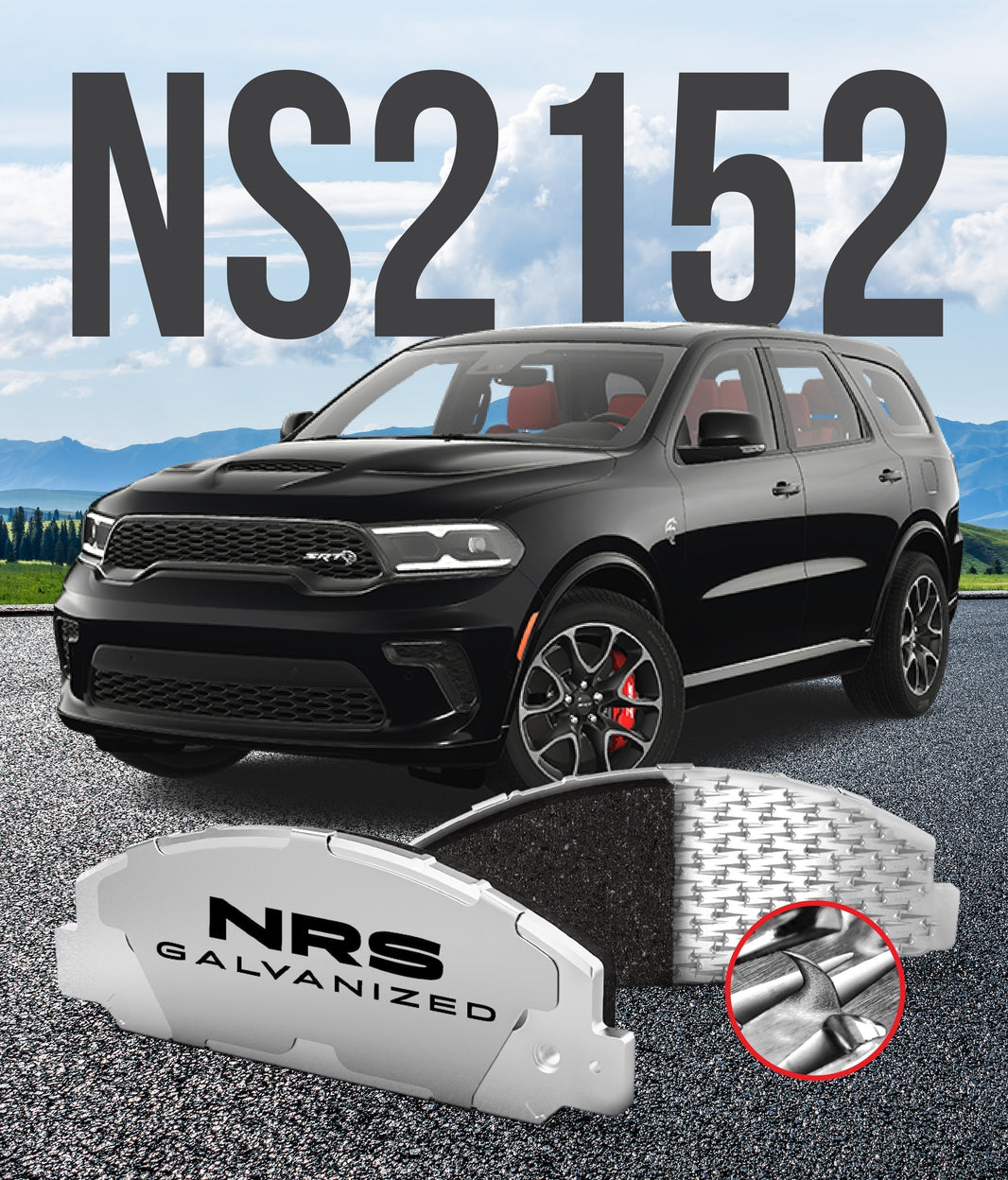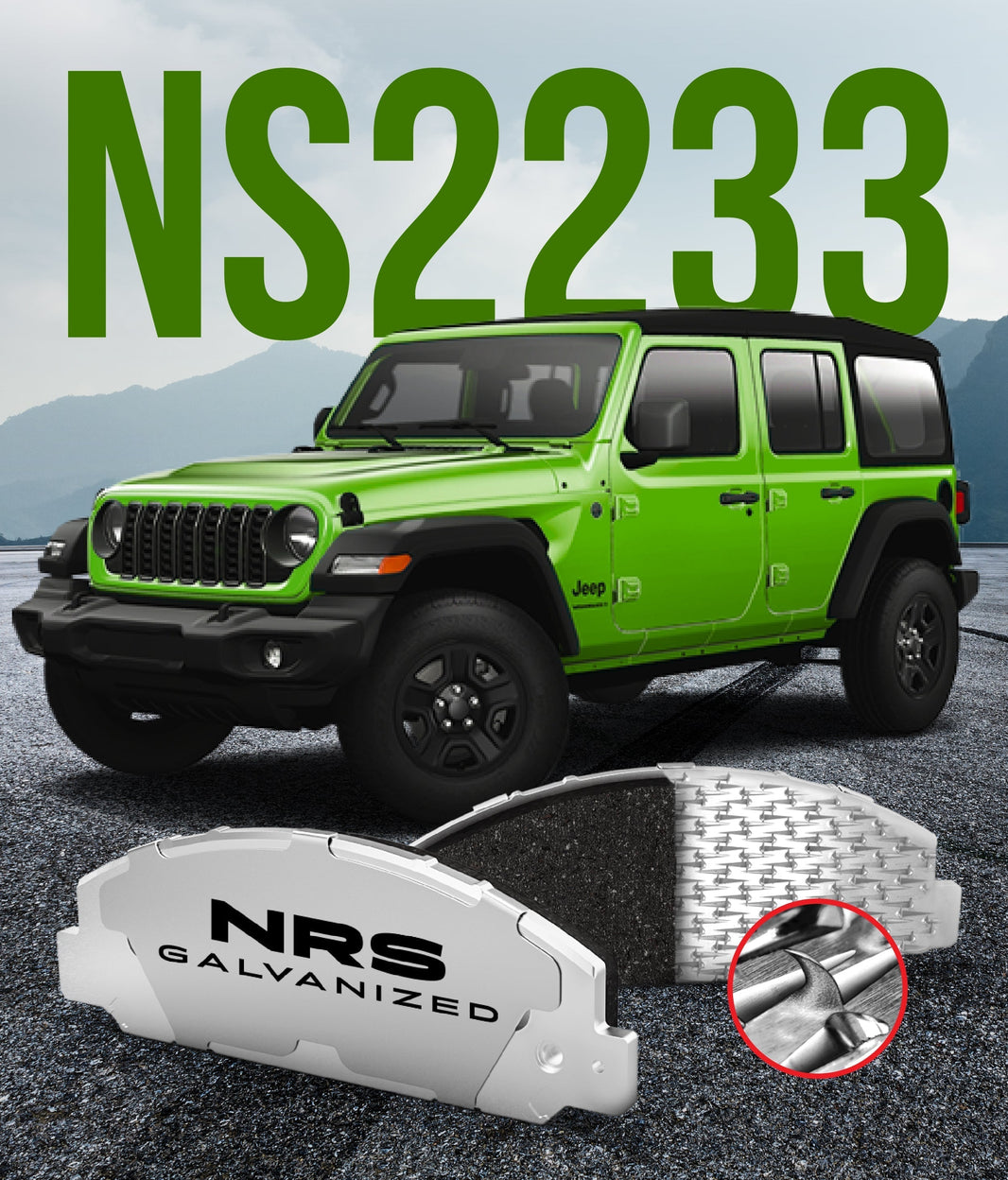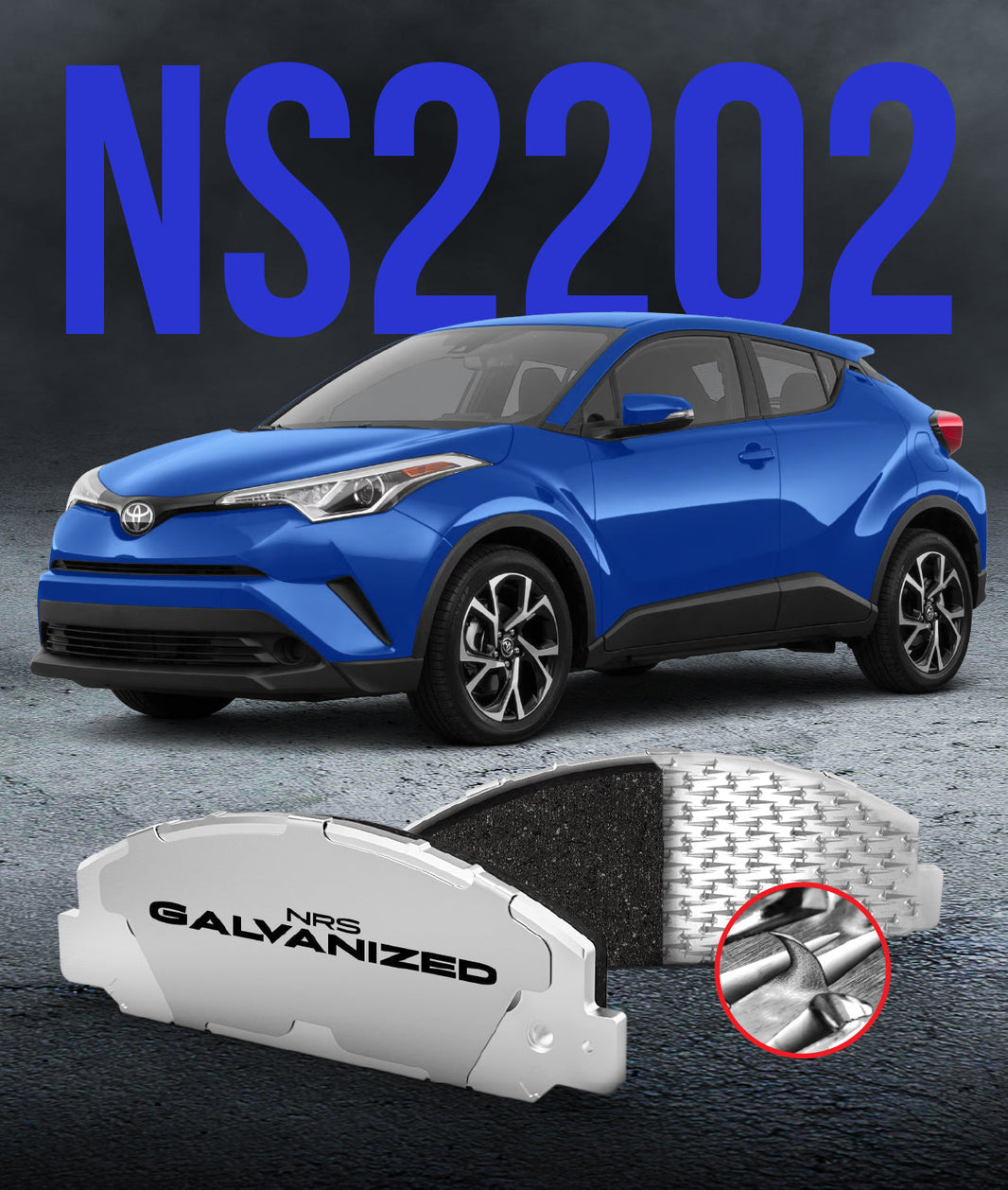
Have you ever looked at the edge of a new brake pad and noticed the small, cryptic string of letters and numbers printed on it? To most people, it is just a random part number. However, those codes are actually a seal of approval, a sign that the brake pad has been subjected to and has passed a series of rigorous tests to ensure its safety and performance.
These tests are not created by the manufacturers themselves but by independent, globally recognized organizations. Understanding brake safety standards is like learning to read the nutrition label on your food; it tells you exactly what you are getting and helps you make a safer, more informed choice. This guide will demystify the alphabet soup of ratings and explain why they are so important for your vehicle.
Why Do We Need Brake Safety Standards?
The primary purpose of any safety standard is to establish a baseline of quality, performance, and reliability for a product. In the world of automotive brakes, where component failure can have catastrophic consequences, this is incredibly important. These standards ensure that every brake pad or rotor you buy, regardless of the brand, meets a specific set of minimum safety requirements.
Think of it like the safety ratings for a motorcycle helmet. A standardized testing process allows you to compare different brands and have confidence that the one you choose will perform as expected when you need it most. Brake standards do the same thing, providing peace of mind for drivers, technicians, and manufacturers alike.
The Major Players: Who Sets the Standards?
There are several key organizations around the world that are responsible for developing and overseeing the standards that govern brake components. While their areas of focus can differ, they all share the common goal of making our roads safer. For North American drivers, the three most important organizations to know are SAE, ECE, and ISO.
Each of these groups plays a distinct role in the ecosystem of automotive safety, from defining test procedures to certifying manufacturing processes.
SAE International
The Society of Automotive Engineers (SAE) is a U.S.-based but globally active professional association that develops technical standards for the transportation industry. While SAE brake standards are not laws themselves, they are often the foundation upon which government regulations are built. They are highly respected and widely adopted by manufacturers around the world.
For brake pads, one of the most important SAE standards is J2975, which defines the system for brake pad edge codes. This code provides a wealth of information, including the manufacturer and, most importantly, the pad's friction rating.
ECE (Economic Commission for Europe)
The ECE is a body of the United Nations that creates a set of internationally agreed-upon vehicle regulations. While it is based in Europe, these regulations have been adopted by many other countries around the world. The most critical standard for brakes is the ECE R90 regulation.
ECE R90 is a law in all of Europe and many other regions that requires all aftermarket brake pads and rotors to be tested to the same standards as the original equipment (OE) parts. To be R90 certified, a brake pad's performance must fall within a very tight 15% tolerance of the OE part. This ensures that a replacement part will not negatively affect the safety or performance of the vehicle's brake system.
ISO (International Organization for Standardization)
The ISO is a worldwide organization that develops and publishes a vast array of international standards. Unlike SAE or ECE, the ISO does not typically set specific performance standards for individual products like brake pads. Instead, ISO standards for automotive components focus on the manufacturing process itself.
The most common standard you will see is ISO 9001. This is a quality management certification that proves a manufacturer has a consistent, documented, and effective process for producing its products. Seeing an ISO 9001 certification on a box of brake pads tells you that the company behind them is committed to a high level of quality control.
What Do These Standards Actually Test For?
When a brake pad undergoes certification testing, it is put through a series of demanding procedures on a machine called a dynamometer. These tests are designed to simulate a wide range of real-world driving conditions, from gentle city stops to hard panic stops. The goal of this brake pad testing is to measure every aspect of the pad's performance and durability.
-
Performance and Fade Resistance: The tests measure how well brakes work when cold, hot, and after repeated stops.
-
Material Integrity (Shear Strength): This is a critical safety test. It measures how much force it takes to separate the friction material from the backing plate to prevent separation, which is why mechanically attached pads are superior.
-
Speed and Pressure Sensitivity: These tests ensure that the brakes perform predictably at different vehicle speeds.
-
Material Compressibility: This test ensures the pad doesn't feel "squishy" under pressure, which is a key part of good brake pedal feel.
How to Read Brake Pad Edge Codes
The SAE edge code printed on the side of a brake pad provides a quick summary of its characteristics. While it may look confusing, it is easy to read once you know what to look for.
-
Manufacturer Code: The first few characters identify the company that made the pad.
-
Friction Formula: The next set of numbers and letters is the manufacturer's internal code for the specific material recipe.
-
Friction Coefficient: This is the most important part – the two letters at the end (e.g., FF, GG). The first letter is the "cold" friction rating and the second is the "hot" rating, with letters later in the alphabet (like G or H) indicating more grip.
A Commitment to Safety and Quality
The world of brake safety standards can seem complex, but its purpose is simple: to ensure that every time you step on your brake pedal, your car stops safely and predictably. Organizations like SAE, ECE, and ISO provide the crucial framework that holds manufacturers to a high standard. This process of friction material registration is vital for consumer confidence.
At NRS Brakes, we are committed to meeting and exceeding the world's most stringent safety standards. Our patented mechanical attachment technology provides a shear strength that is far superior to adhesives alone, and our use of galvanized steel backing plates ensures our pads resist the corrosion that can lead to failure. We believe we make the Best Brake Pads on the market because we build our products with safety and durability as our number one priority.
Do you look for specific safety certifications when you are buying parts for your car?




